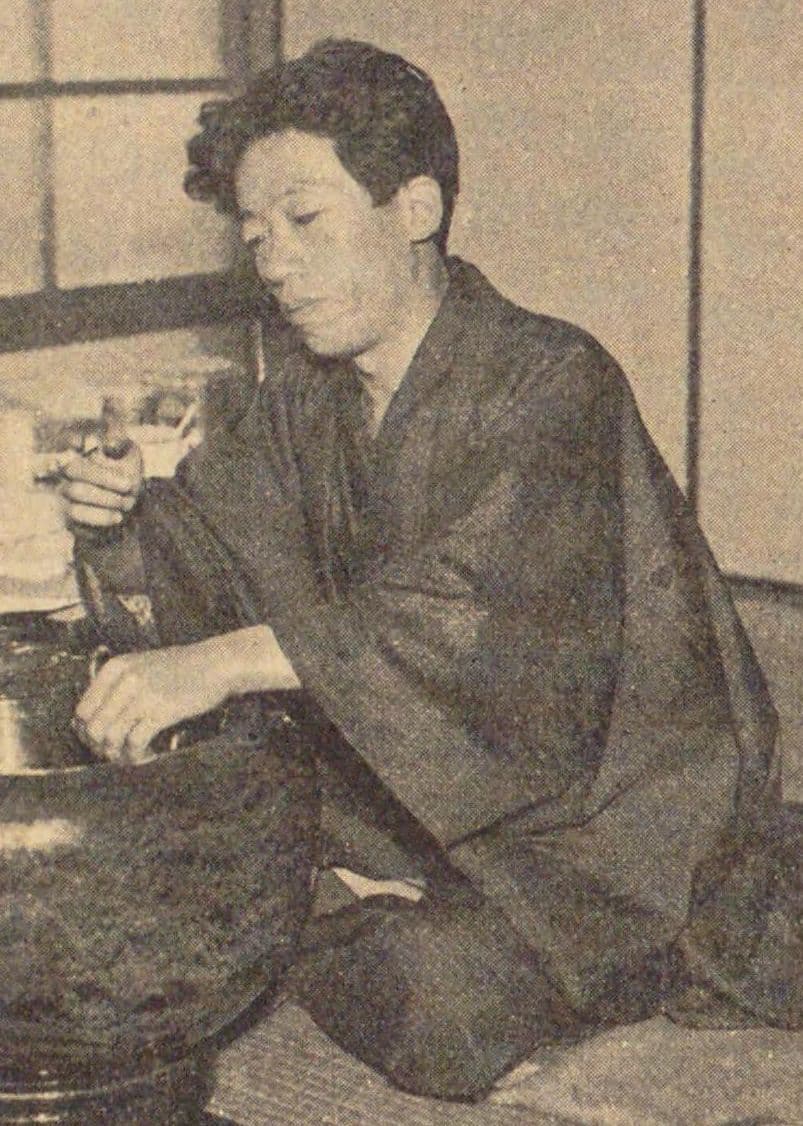
出典:国立国会図書館「近代日本人の肖像」 (https://www.ndl.go.jp/portrait/)
小林 多喜二
明治36年(1903) – 昭和8年(1933)
秋田県生まれ。小樽高商を卒業後、北海道拓殖銀行に勤務。在学中から創作に親しみ、ゴーリキーや葉山嘉樹の影響を受け、志賀直哉に傾倒してプロレタリア文学へと進む。昭和3年(1928)、全日本無産者芸術連盟(ナップ)の機関誌『戦旗』に『一九二八年三月十五日』を発表し、翌年の『蟹工船』によってプロレタリア作家としての地位を確立した。その後、『不在地主』『工場細胞』を執筆し、日本プロレタリア作家同盟役員、日本共産党員として活動する。昭和8年(1933)、特高警察に逮捕され、29歳の若さで拷問により虐殺される。貧困や階級社会の現実を鋭い筆致で描き、人間の尊厳を問いかける作品として今日まで読み継がれている。
Takiji Kobayashi
1903 – 1933
Born in Akita Prefecture, Kobayashi Takiji graduated from Otaru Higher Commercial School and subsequently worked at the Hokkaido Takushoku Bank. While still a student, he engaged in creative writing, influenced by Maxim Gorky and Hayama Yoshiki, and, drawn to Shiga Naoya, turned toward proletarian literature. In 1928, he published March 15, 1928 in Senki, the official magazine of the All-Japan Proletarian Artists’ League (NAP), and the following year established his reputation as a proletarian writer with The Crab Cannery Ship. He later wrote Fuzai Jinushi and Kōjō Saibo, while also serving as an officer of the Japan Proletarian Writers’ League and as a member of the Japanese Communist Party. In 1933, he was arrested by the special higher police and, at the age of 29, died under torture. His works, which depict the realities of poverty and class society with a sharp literary eye and question human dignity, continue to be read to this day.

